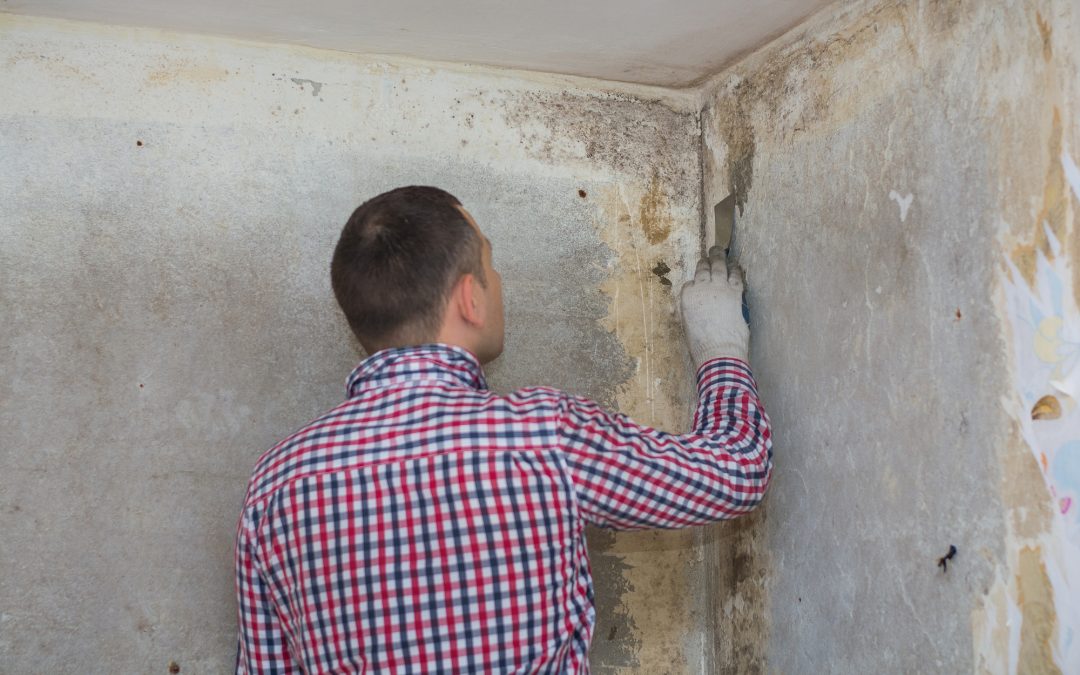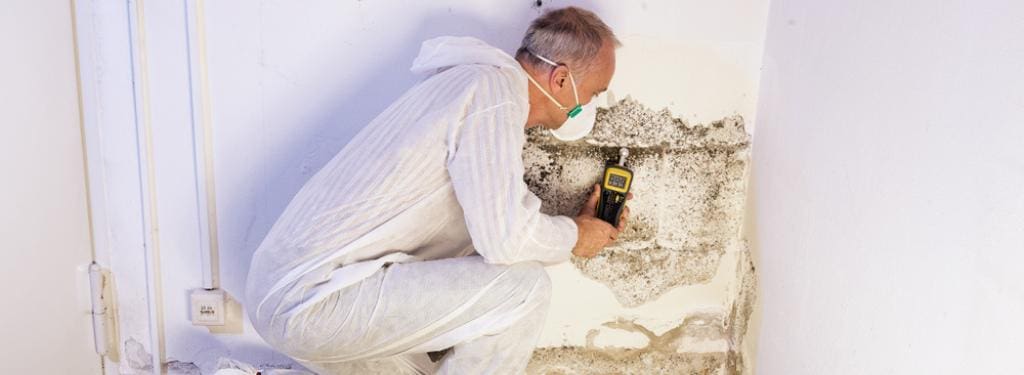Efficient Post Mold Remediation Cleaning Protocols
Efficient Post Mold Remediation Cleaning Protocols
Blog Article
Your Ultimate Guide to Blog Post Mold And Mildew Removal Techniques
Navigating the realm of post-mold remediation techniques is a precise process that demands interest to information and a thorough understanding of the details included. In the aftermath of mold and mildew problem, knowing just how to properly get rid of the mold and prevent its reoccurrence is extremely important for preserving a healthy interior environment. From picking the best cleaning and decontaminating techniques to implementing approaches for long-lasting mold and mildew prevention, each action in the removal trip plays a crucial function in making certain a successful end result. As we get started on this exploration of post-mold removal techniques, we will certainly discover the key approaches and best methods that can help you recover your space to its pre-mold problem and safeguard it versus future mold and mildew hazards.
Understanding Post-Mold Remediation Refine
After finishing the mold removal process, it is critical to comprehend the post-mold removal methods that are necessary to make certain a extensive and effective cleaning. Once the mold and mildew has been gotten rid of, the next action involves cleansing and disinfecting the impacted areas to stop any type of regrowth of mold.
Furthermore, carrying out a last examination post-remediation is essential to make certain that all mold has been effectively removed. If the assessment exposes any sticking around mold, extra removal might be essential.
Effective Cleaning and Decontaminating Techniques

Protecting Against Future Mold And Mildew Development

Value of Proper Air Flow
Proper air flow plays a vital role in protecting against wetness build-up, an essential factor in mold and mildew growth within indoor environments. Effective air flow systems assist get rid of excess moisture from the air, reducing the chances of mold and mildew spores discovering the wetness they require to spread out and germinate. Without sufficient air flow, indoor areas can come to be a breeding place for mold, bring about potential health threats and structural damage.
By making certain proper air flow, air flow systems can also assist in drying wet areas faster after water damage or flooding occurrences, further preventing mold and mildew development. After mold remediation. Precede like shower rooms, attic rooms, basements, and kitchen areas where dampness degrees have a tendency to be greater, mounting and preserving reliable ventilation systems is critical in preventing mold invasions

Tracking and Upkeep Tips
Offered the vital role that correct air flow plays in avoiding mold and mildew growth, it is vital to establish reliable monitoring and upkeep suggestions to make certain the continued functionality of ventilation systems. Normal assessments of ventilation systems must be conducted to look for any signs of blockages, leakages, or malfunctions that might restrain appropriate air movement. Monitoring moisture degrees within the building is also critical, as high humidity can add to mold and mildew growth. Setting up a hygrometer can aid track moisture levels and alert home owners to any spikes that might call for attention. Furthermore, making certain that air filters are frequently cleansed or changed is important for preserving the performance of the ventilation system. Executing a routine for regular upkeep tasks, such as duct cleaning and a/c system examinations, can help avoid problems prior to they rise. By remaining alert and proactive to the condition of ventilation systems, homeowner can successfully minimize the threat of mold and mildew regrowth and keep a healthy and balanced interior setting.
Verdict
Finally, post-mold remediation techniques are essential for making certain a safe and tidy atmosphere. Understanding the procedure, carrying out effective cleansing and sanitizing methods, my explanation protecting against future mold and mildew growth, keeping appropriate ventilation, and normal tracking are all essential action in the removal process. By adhering to these standards, you can successfully remove mold and stop its return, functioning or promoting a healthy and balanced living area for all owners.
In the after-effects of mold problem, understanding exactly how to effectively get rid of the mold and avoid its reoccurrence is paramount for keeping a healthy indoor setting. When the mold and mildew has been gotten rid of, the following step involves cleaning and decontaminating the affected areas to protect against any regrowth of mold and mildew - Post Remediation Inspection near me. After getting rid of noticeable mold and mildew growth, it is essential to cleanse all surface areas in the affected area to get rid of any type of continuing to be mold and mildew spores. To further enhance mold prevention procedures, it is crucial to address underlying try this site issues that initially led to mold advancement.Provided the important duty that correct air flow plays in preventing mold and mildew development, it is important to develop reliable surveillance and upkeep pointers to guarantee the continued performance of ventilation systems
Report this page